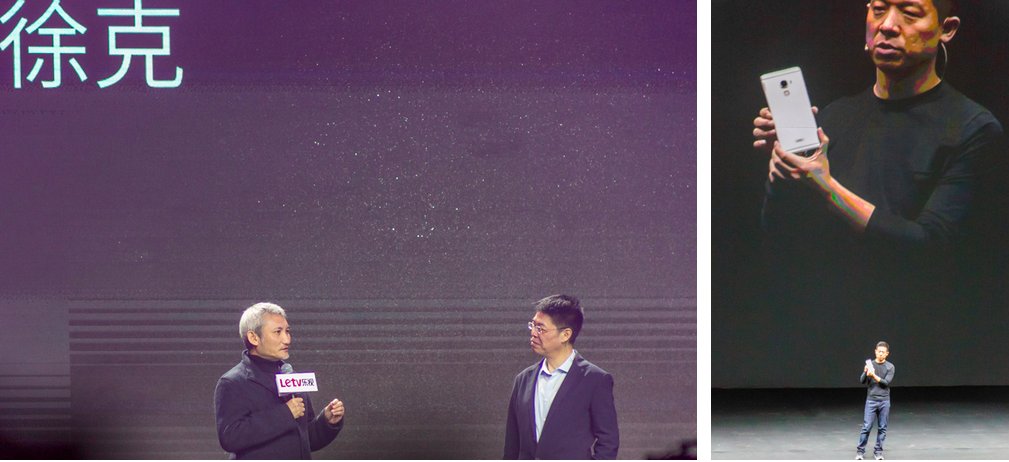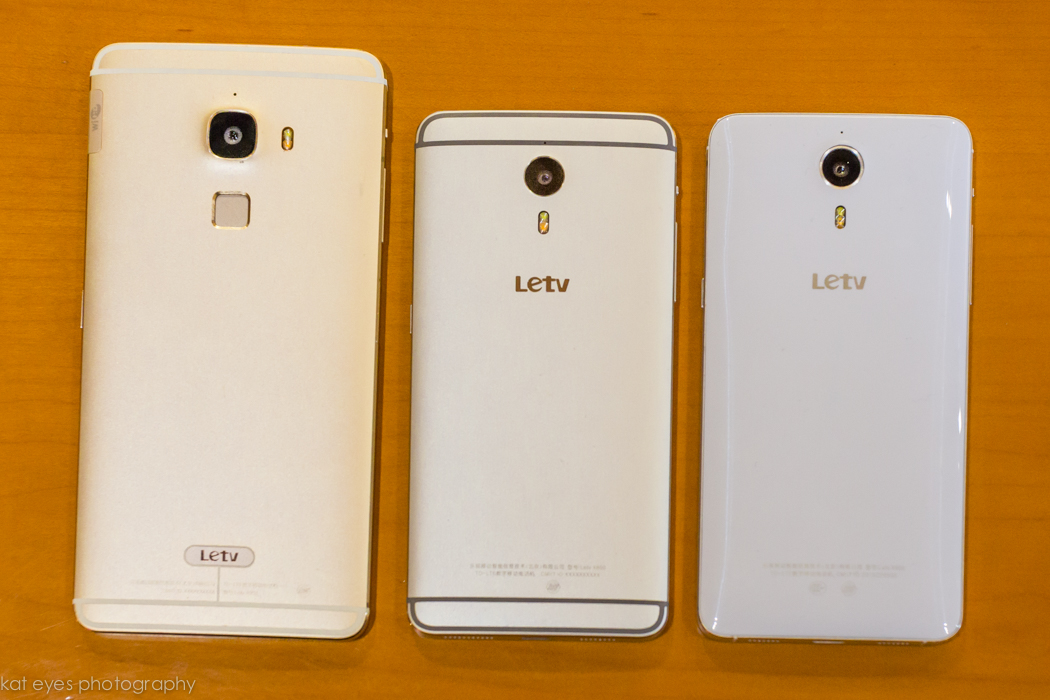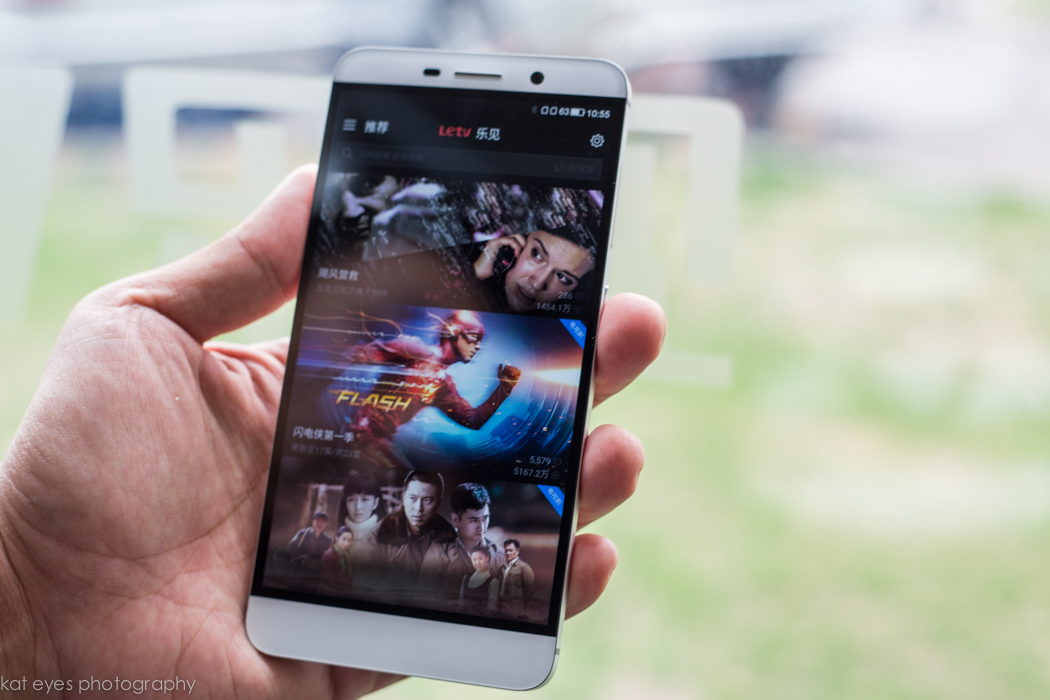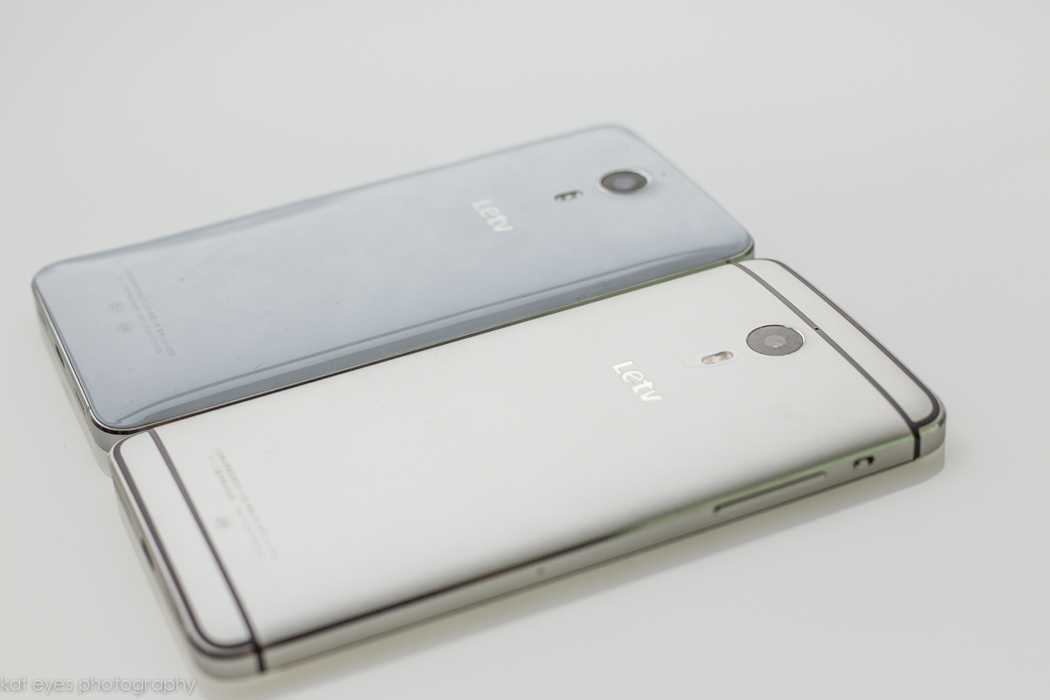They call it “Le Super Phone”. No, the “Le” in this case does not refer to the French definite article (pardon the grammar geek in me), but to LeTV, an Internet TV giant that is akin to the Netflix of China. Jia Yueting, founder of LeTV, unveiled the “Le Super Phone” to much fanfare and a crowd of 5,000 at the MasterCard Centre in Beijing, China on 14 April 2015, where celebrities such as Huang Xiao Ming, Tsui Hark and G.E.M. turned up in support. This marks the Chinese video streaming company’s first foray into the smartphone business.


Three flagship models – namely Le One, Le One Pro and Le One Max – were unveiled. Essentially, the Android-based smartphones’ selling point is the integration of video and entertainment content in the phone.


LeTV’s selling point is the integration of video and media content such as movies, TV shows, music and sports shows in the phone. In China, LeTV subscribers can watch 100,000 TV show episodes and 5,000 movies.
In terms of design, all three phones sport an extremely thin bezel (not bezel-less as claimed by the company) on the sides. I couldn’t help but think that the phones looked suspiciously like a cross between the iPhone 6 Plus and the HTC One. This isn’t personally a deal-breaker for me though. While there is nothing revolutionary in the looks department, the three “Le Super Phone” models are still considered to be desirable-looking handsets worth toting around.

The most basic model, Le One, features a 5.5-inch full-HD display with a 1080 x 1920 pixel resolution, and includes a pixel density of 403ppi. Equipped with a 3,000mAh battery, the device will be available in 16GB, 32GB and 64GB variants. For those who are concerned with camera features, Le One has a 13MP rear camera with OIS, dual-LED flash, and a f/2.0 lens, along with a 5MP front-facing camera. It features a USB Type-C port and MHL 2.0.

Le One Pro sports a 5.5-inch QHD display with a 1440 x 2560 pixel resolution along with a pixel density of 538ppi. Available in two storage variants of 32GB and 64GB, this handset is powered by a 64-bit 2GHz octa-core Qualcomm Snapdragon 810 processor paired with a 4GB RAM. Like Le One, Le One Pro also features a 13MP rear camera along with OIS, but with an ‘UltraPixel’ front facing camera. It features a USB Type-C port and MHL 3.0.
The LeTV One Max – the phablet version of Le One Pro – sports a big 6.33-inch QHD display with a 1440 x 2560 pixel resolution along with a pixel density of 464ppi. Specifications include a 64-bit 2GHz Octa Core Qualcomm Snapdragon 810 processor with 4GB RAM, and a 3,400mAh battery. The device will be available in 64GB and 128GB inbuilt storage variants. The device sports a 21MP rear camera with OIS, Sony IMX230 sensor, dual-LED flash along with a 4-UltraPixel front-facing camera with an f/2.0 aperture.
At the press event, the prices for two of the phones were also revealed. Le One is priced at CN¥1,499 (about S$328) for the 16GB, CN¥1599 (about S$350) for the 32GB and CN¥1,799 (about S$394) for 64GB. LeTV One Pro is priced at CN¥2,499 (about S$547) for 32GB storage variant and CN¥2,699 (about S$590) for 64GB storage variant. The pricing for the LeTV One Max has not been disclosed at press time.
Currently, a date has not been set for the LeTV phones’ debut in Singapore. It is also uncertain at this point if and how the integration of video and media content will feature in the Singapore versions.



![[Review] Be Our Guest to a Night of Enchantment with Disney’s Beauty and the Beast in Singapore This December [Review] Be Our Guest to a Night of Enchantment with Disney’s Beauty and the Beast in Singapore This December - Alvinology](https://media.alvinology.com/uploads/2025/12/Screenshot-2025-12-14-195843-110x110.png)

![[Review] Tim Ho Wan’s Limited Edition East-Meets-West Menu Brings Festive Flavours to Dim Sum [Review] Tim Ho Wan’s Limited Edition East-Meets-West Menu Brings Festive Flavours to Dim Sum - Alvinology](https://media.alvinology.com/uploads/2025/12/6194907278834600928-110x110.jpg)







As far as I know, 2700 juans is around $430 not even near to 550.
Hi, the dollars stated are in Singapore dollars, not USD.
I am pretty sure that the prices are in USD, friend.
http://www.oppomart.com/letv.html
http://www.1949deal.com/catalogsearch/result/?q=letv
The prices stated are in S$ i.e. Singapore dollars. I am the writer of this article. Hope that clarifies.